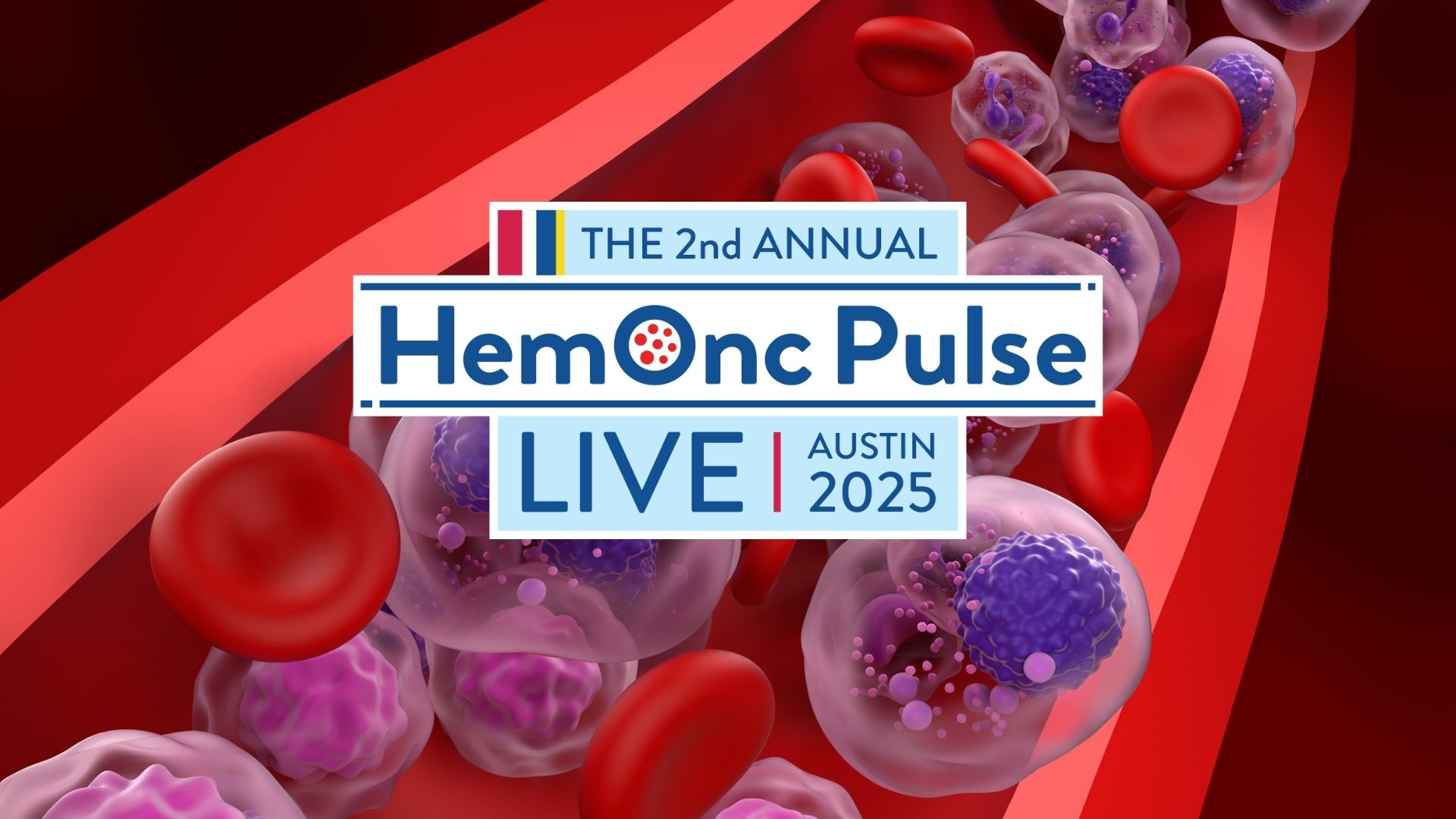
A study published in the Journal of Geriatric Oncology found that rates of no treatment and early mortality are higher in older adults with newly diagnosed multiple myeloma (MM) compared with younger patients.
Adults with newly diagnosed MM were identified (n = 8,841) using linked provincial administrative databases from Ontario, Canada. Between 2007 and 2017, researchers assessed trends in rate of no treatment and novel drug and autologous hematopoietic cell transplant (AHCT) usage within one year following diagnosis, as well as the associated early mortality (defined as less than 12 months) in younger (≤65 years) versus older adults (>65 years) with newly diagnosed MM.
Rates of no treatment decreased in both age groups throughout the study period; however, they remained considerably high among older patients: 34.9% in 2007 versus 27.4% in 2017. Older untreated patients also faced high associated early mortality: One-year mortality was 54.1% during the study period.
Despite increased usage of novel drugs in both age groups, early mortality decreased among younger patients utilizing novel drugs, from 16.1% to 5.6%, but remained high and stagnant in older patients using novel drugs, with a one-year mortality of 18.2% over the study period. AHCT utilization increased in both age groups during the study period, with decreasing early mortality among older patients undergoing AHCT from 26.3% in 2007 to 1.1% in 2017.
“While several improvements have been made, rates of no treatment and early mortality among patients not treated and those started on novel drugs remains a concern in older adults with newly diagnosed MM,” the researchers concluded.






 © 2025 Mashup Media, LLC, a Formedics Property. All Rights Reserved.
© 2025 Mashup Media, LLC, a Formedics Property. All Rights Reserved.